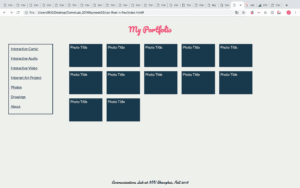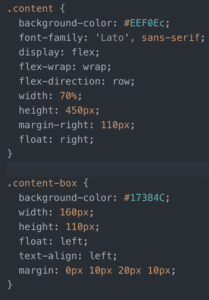Assignment 1:
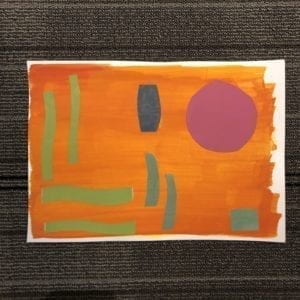
Assignment 2:
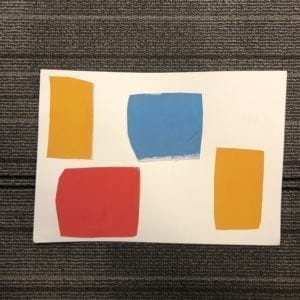
Assignment 3:
1)
2)
3)
4) 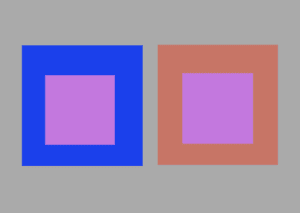
5) 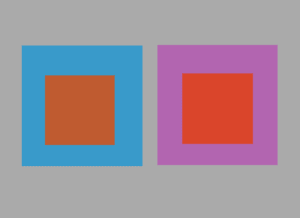
Assignment 4:
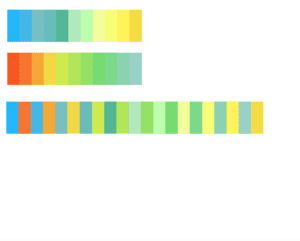
Assignment 5:
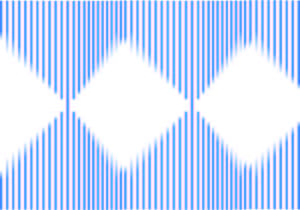
In the book, In the World of Perception, Maurice discovers that there’s a distinction between outline and color that classical artists drew the shape of the objects first and then filling them with colors. This makes me rethink about my way of creating all the above works. For me, it is color comes first. I would first decide what color to use and imagine what kinds of spatial form would best express this color and my thoughts. Maurice then brought up ideas of Cezanne that, “the object’s shape, its particular color, its physiognomy and its relation to neighboring objects,” all come together. True. In my contemporary art history class, when I wrote about the painting of Cezanne, the colors and the arrangements of objects in his works are often quite bold and sometimes do not make sense, but full of vividity, which is brilliant. Maurice concluded that our perceptions of artworks are not given but “emerges over time.” In general, Maurice argues from the aspects of science, painting, and philosophy that people’s perception has changed from classical to modern ones that we are more perceiving the world as a whole rather than separately. In addition, Maurice talks about the spirit is another thing, that we could not see it, but to feel and reflect on them. Other thoughts Maurice talks about include that mind and body are distinct but at the same time united closely with each other. In the end, Maurice claims that it is impossible to separate things from their way of appearing.
As for my assignments, I feel totally different from making physical color studies to the digital ones. I made assignment one because I love the color orange; however, it is more of a test. Assignment two is inspired by artist Etel Aden when I visited one of her shows in Serpentine Gallery in 2016 summer. Etel’s work explores the assembly of colors, which is very inspiring seeing how different colors were arranged accordingly in one painting.
As for the digital work 3,4,5, I found it rather challenging for me, cause I am not that familiar with digital languages. And I perceive digital color, which situated in the color bar slower. I feel less connected with them, and therefore, especially work 3 and 4 totally come from experimentations. Assignment 5 is inspired by one of my favorite Korean artists Lee Ufan. He works with monochrome and tries to express the zen idea through his painting with mere brush strokes. And I made this work also in the idea of achieving the minimalist sense.
